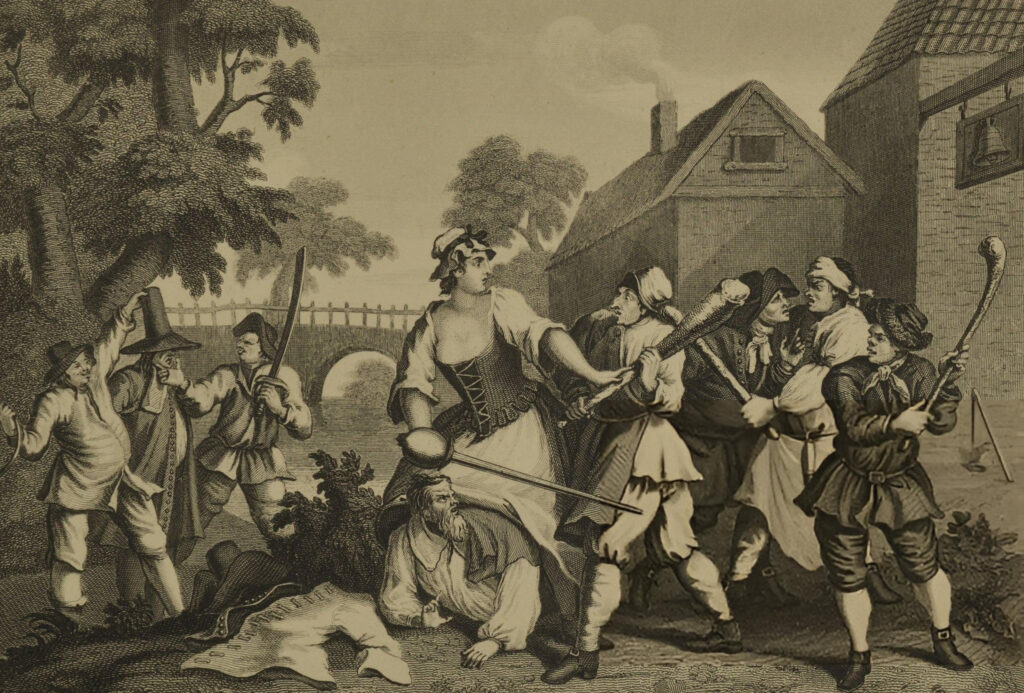The Hundred Years’ War lasted from 1337 to 1453. It was a fight between the Kingdom of England and the Kingdom of France. This war was complex, with many pauses, but it changed Europe forever.
It was not just a simple war. It was about family power, land, and changing politics. This war shaped both countries and led to big changes in medieval Europe. Let’s explore the roots, key events, and lasting effects of this war.
The Origins of the Conflict
The war started over who should be king. In 1328, French King Charles IV died without a male heir. The French nobles used Salic law to block Isabella of France and her son Edward III from the throne. They chose Philip VI, a Valois, as the new king instead.
Edward III of England didn’t agree. He said he had a right to the throne because of his family ties to France. The English had land in France, like Aquitaine, which made things complicated. Philip VI wanted to take this land, which made the war start.
The Structure and Phases of the War

The Hundred Years’ War had three main parts: the Edwardian Era War, the Caroline War, and the Lancastrian War. Each part had different military strategies, alliances, and leaders.
The Edwardian Era War (1337-1360)
At first, the English won big. King Edward III led his army well. They used the longbow to beat the French from far away.
The Battle of Crécy in 1346 was a big win for the English. They used commoners with longbows to beat French knights. This showed that old ways of fighting were not working anymore.
Edward then took Calais, a key port in France. It stayed English for over 200 years. But the war didn’t end there.
The Treaty of Brétigny in 1360 gave the English more land in France. But it didn’t last. It just set up more fighting.
The Caroline War (1369-1389)
After a few years, fighting started again. Charles V of France wanted his land back. He didn’t fight the English directly. Instead, he used small attacks and strong towns to weaken them.
Charles V’s tactics changed how wars were fought. It moved away from big battles to smaller, smarter fights. But Charles V died in 1380, and France got weaker.
France then had a young and sometimes sick king, Charles VI. This led to more problems and a civil war. This gave the English a chance to fight again in France.
The Lancastrian War (1415-1453)
The Hundred Years’ War ended with a surge in English power under Henry V. He was a skilled leader who aimed to control France. His victory at the Battle of Agincourt in 1415 was legendary, showing the power of the longbow and his troops’ discipline.
The Treaty of Troyes in 1420 was a peak for England. It made Henry V the heir to the French throne. Henry even married Charles VI’s daughter, Catherine of Valois, to strengthen his claim. But, Henry V died in 1422, leaving his young son, Henry VI, to rule both England and France.
Joan of Arc, a peasant girl, changed France’s fate. She believed saints told her to help Charles VII, the French dauphin. Her leadership led to victories, including the siege of Orléans in 1429. This helped Charles VII become king and pushed English forces out of France.
The war ended with the Battle of Castillon in 1453. England lost nearly all its French territories, keeping only Calais. England’s resources were spent, and internal strife, like the Wars of the Roses, stopped further attempts to regain lost ground.
Key Figures and Personalities

The Hundred Years’ War created legendary figures:
- Edward III: He started the war, aiming to claim the French throne. Edward III was ambitious and skilled.
- The Black Prince (Edward of Woodstock): Edward III’s son, known for his battle victories. His wins helped England dominate early in the war.
- Charles V: “The Wise,” Charles V used tactics to weaken English forces. His strategy helped France gain the upper hand.
- Henry V: Famous for his victory at Agincourt, Henry V nearly united England and France.
- Joan of Arc: A symbol of French resistance, Joan inspired the French people. Her capture and execution made her a martyr.
The Impact of the Hundred Years’ War
The war changed England and France in many ways:
1. Rise of National Identities
The war made both England and France see themselves as distinct nations. Joan of Arc united France, while English pride grew from their military wins.
2. Decline of Feudalism
The war weakened feudalism by making knights less important. New military tactics and taxes gave more power to monarchs, not lords.
3. Economic and Social Strain
The war between England and France was very costly. It drained their treasuries and caused social unrest. Heavy taxes and military needs made rural areas poor.
Mercenary groups roamed the countryside, making things worse. In France, farming declined, causing famines and weakening the economy. England also faced financial issues that led to the Wars of the Roses.
4. Technological and Military Innovation
The long war pushed for new military tech and tactics. The English longbow changed medieval warfare, making knights less important. Cannons and gunpowder also became key, starting a new era in warfare.
5. Political Instability and the Wars of the Roses
The Hundred Years’ War made England unstable. Losing land and facing financial problems led to the Wars of the Roses. The nobility fought each other, causing bloodshed and weakening the country.
